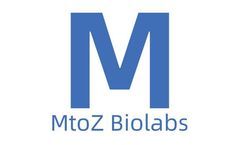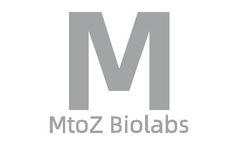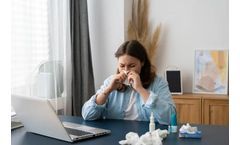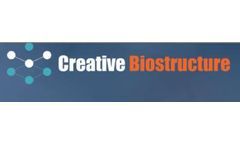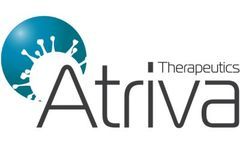Refine by
Microscope Articles & Analysis: Older
65 articles found
Embryos are most commonly used when the main purpose of the study is the visualization of specific tumor processes, since their bodies are transparent and allow microscopic observation. Furthermore, cancer developed more rapidly in embryos showing tumor formation 2 days after induction. ...
Tissue Sections and Immunofluorescence StainingUsing specific anti-collagen antibodies to stain tissue sections, and then observing with a fluorescence microscope, collagen can be located and quantified at the tissue level.2. ...
It binds to collagen fibers, making the fibers appear bright red under the microscope. It is often used in histological studies for collagen localization and quantification.Soluble Collagen Determination Based on Sirius RedIn addition to tissue staining, sirius red can also be used to determine the concentration of collagen in solution. ...
It is made up of a variety of microscopic and submicroscopic kinds of variation in a single species' genome, including deletions, duplications, copy-number variants, insertions, inversions, and translocations. ...
This assay labels the fragmented DNA with a fluorescent probe, allowing visualization under a microscope or by flow cytometry. Caspase Assay: Caspases are a family of cysteine proteases central to the execution of apoptosis. ...
Luminex technology is based on the principle of multiplexing, which means that multiple analytes can be measured in a single sample in a single reaction. The technology uses microscopic beads that are coated with specific antibodies that target specific cytokines. ...
Luminex technology is based on the principle of multiplexing, which means that multiple analytes can be measured in a single sample in a single reaction. The technology uses microscopic beads that are coated with specific antibodies that target specific cytokines. ...
This technology involves the use of microscopic particles to deliver drugs in a controlled and sustained manner over an extended period of time. ...
House Dust Mites: Dust mites are the primary cause of dust allergies. These microscopic organisms feed on the dead skin cells of humans and animals. ...
Through the enzyme molecular dynamics simulation service, we biologists can embark on a captivating journey of discovery, unlocking the secrets of these microscopic marvels. Predicting Enzyme Structures: The First Step in Understanding Function The first and most fundamental step in studying enzymes is to determine their three-dimensional structures. ...
Exenatide microneedle morphology analysis The prepared microneedles are observed under microscope and photographed, and the surface morphology of the microneedles is observed more clearly by Scanning Electron Microscope (SEM). ...
What are liposomes? Liposomes are microscopic bubbles made from phospholipids, the same fatty molecules that make up cell membranes. ...
What are liposomes? Liposomes are microscopic spheres made from phospholipids, the same fatty molecules that make up cell membranes. ...
The substrate chromogen is the final step in the detection process, allowing the antibody-antigen complex to be viewed under a light microscope. This occurs because HRP Yellow acts as an electron donor in the presence of the enzyme horseradish peroxidase. ...
In our daily lives, we come into contact with countless surfaces teeming with microscopic enemies – bacteria, viruses, and fungi. These microbes can cause a range of problems, from unpleasant odors and stains to serious health risks. ...
ByMatexcel
Glass cover slips were removed from the wells and mounted on microscope slides using Roti® mount FluorCare DAPI (Carl Roth GmbH + Co. ...
The passage time is generally about 7-10 days, but if the volume of the nerve ball is large, or the center of the nerve ball has begun to appear black areas under the light microscope (the reason for the black area may be the volume of the ball is too large, affecting the light transmission, but at this time the center of the ball often appears dead cells), so the passage should ...
As part of our quick fire questions series – or QFQs – we spoke to Dr. Andy Franklyn-Miller, Chief Medical and Innovation Officer at Nuritas about intelligent ingredients, explaining peptides and proving an AI model in life science. There is a lack of innovation within ingredients in food, many have been discovered decades ago, mostly with cost, taste and texture in mind. However as ...
Robert Hooke, an English mathematician and natural historian was one of the first to use a microscope to observe the fruiting bodies of molds. Biochemical tests were also useful in determining the biological processes that occur inside microbial cells and their impact on the environment. ...
Robert Hooke, an English mathematician and natural historian was one of the first to use a microscope to observe the fruiting bodies of molds. Biochemical tests were also useful in determining the biological processes that occur inside microbial cells and their impact on the environment. ...


